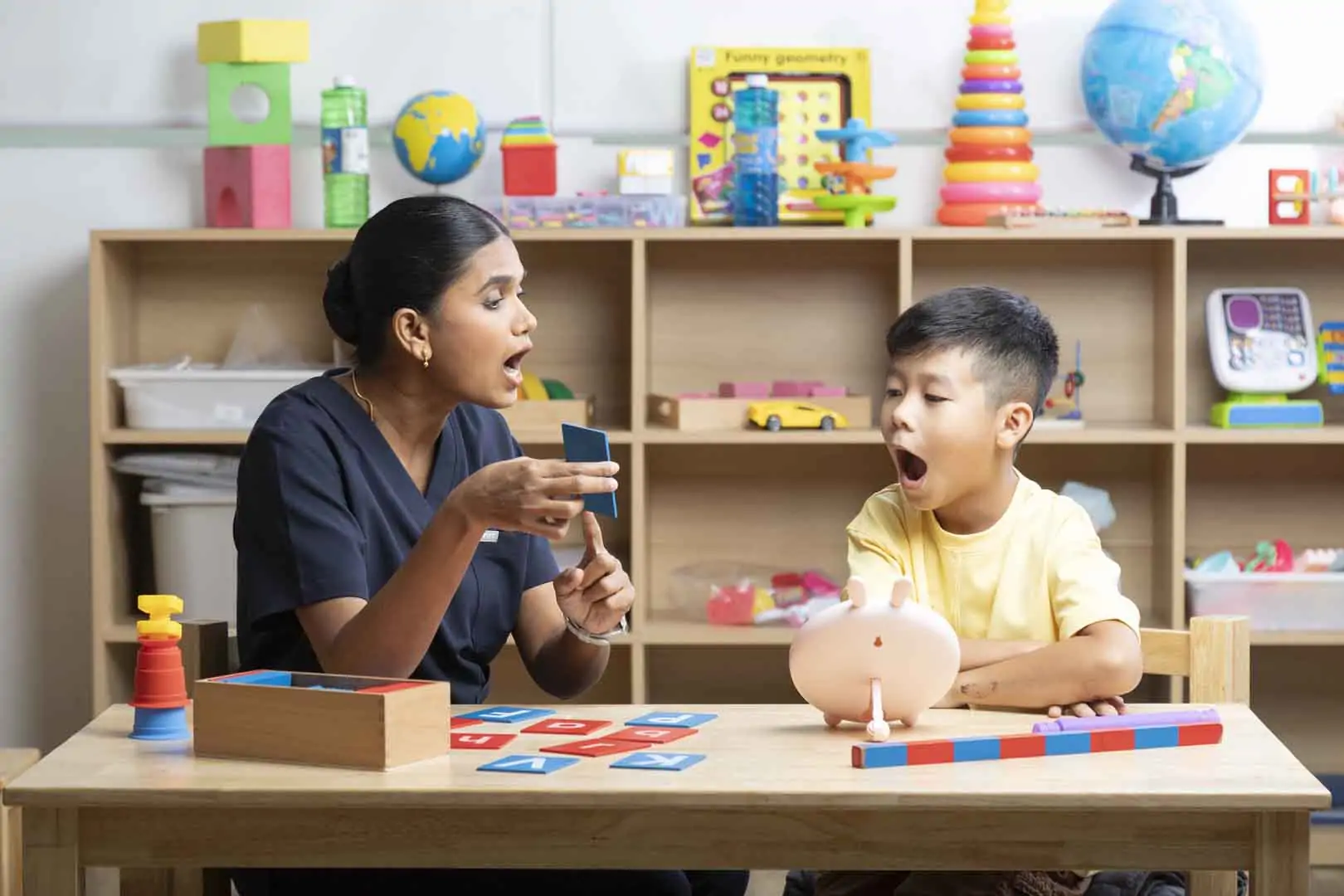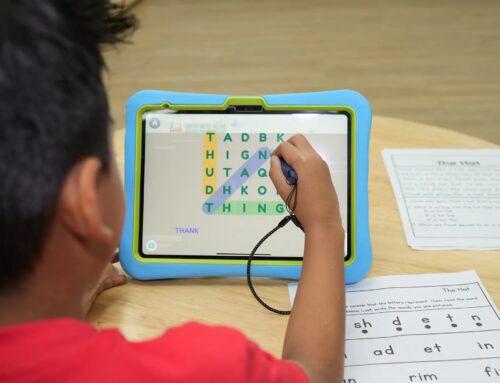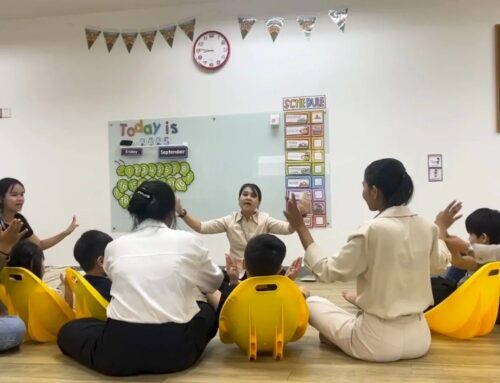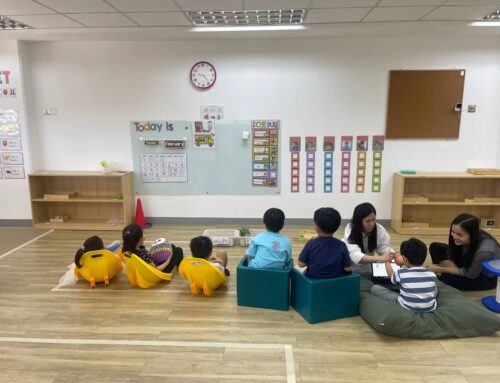In Cambodia, more children are being identified with developmental differences that affect both communication and sensory processing. At OrbRom Center in Phnom Penh, our therapists understand that speech therapy and sensory integration often go hand in hand. When combined, these two powerful approaches help children not only communicate better but also feel calmer, more focused, and ready to learn.
This blog explores how speech therapy and sensory integration work together — and why collaboration between these disciplines is essential for a child’s success.
Understanding Sensory Integration
Sensory integration is the process by which the brain organizes and interprets information from the senses — sight, sound, touch, taste, smell, balance, and body awareness. When a child struggles with sensory processing, everyday experiences can become overwhelming or confusing.
For example, a child might cover their ears at the sound of a vacuum, struggle with clothing textures, or find it hard to sit still during a classroom lesson. These challenges can directly affect their ability to communicate and participate in speech therapy sessions.
Our occupational therapy program focuses on helping children regulate their sensory systems through structured activities. This regulation creates a strong foundation for communication and learning — making speech therapy more effective and engaging.
The Link Between Sensory Integration and Speech Development
Speech and language require more than just words — they depend on attention, body control, and the ability to process sensory information. Children who are overstimulated or under-responsive to their environment may find it hard to focus, imitate sounds, or follow directions.
That’s where sensory integration therapy plays a crucial role. By using sensory-based strategies such as swinging, brushing, or heavy work activities, occupational therapists help the child achieve a “just-right” level of alertness. When the child feels calm and organized, they are more receptive to speech therapy techniques like articulation drills or language-building games.
At OrbRom Center, our speech and occupational therapists collaborate closely to tailor sessions that meet each child’s needs. This interdisciplinary approach allows us to support both sensory and communication goals simultaneously — whether it’s improving speech clarity, expanding vocabulary, or building social confidence.
How Combined Therapy Sessions Work
A typical integrated session might begin with sensory warm-up activities, such as bouncing on a therapy ball, completing a balance task, or deep-pressure input. These prepare the child’s body and brain for focused communication work.
Once regulated, the child moves into speech-based activities that target specific goals. For example:
-
Practicing speech sounds while crawling through an obstacle course.
-
Using sensory toys to encourage turn-taking and conversation.
-
Engaging in storytelling games while seated on a sensory cushion to improve attention.
This combination helps children learn to communicate in real-world, dynamic situations — not just at a desk or during structured drills.
Learn more about our speech therapy services designed to support children with speech delays, articulation issues, and language disorders.
Benefits of Integrating Speech and Sensory Approaches
When speech therapy and sensory integration are used together, families often notice faster progress and greater confidence in their child. Some of the key benefits include:
-
Improved Focus and Engagement: Sensory regulation helps children stay alert and interested during speech sessions.
-
Better Body Awareness: Children learn how to use their breath, lips, and tongue more effectively when their body is well-coordinated.
-
Reduced Anxiety: A calm sensory state allows for better communication and interaction.
-
Enhanced Social Skills: Children become more comfortable engaging in play, group activities, and peer conversations.
-
Generalization of Skills: Combining sensory and communication goals helps children use new speech and language skills in everyday environments like school and home.
Parents can also reinforce these strategies at home through play. For example, using interactive games or simple at-home exercises that include movement and sensory input makes learning fun and effective.
Supporting Every Child’s Journey at OrbRom Center
At OrbRom Center, we believe that every child deserves an individualized approach to therapy. Our multidisciplinary team includes speech-language pathologists, occupational therapists, and special education teachers who collaborate daily to ensure that therapy sessions are cohesive and meaningful.
For some children, success means saying their first words. For others, it’s learning to stay calm and communicate during transitions. Whatever the goal, our team ensures that both communication and sensory needs are addressed together.
If you think your child may benefit from integrated support, contact OrbRom Center for a professional assessment or explore our special needs intensive intervention program to learn more about how we can help your child thrive.
Conclusion
In Phnom Penh and across Cambodia, parents are increasingly aware that effective communication development depends on more than speech practice alone. By integrating speech therapy and sensory integration, children gain the foundation they need for lasting growth — emotionally, physically, and linguistically.
At OrbRom Center, we’re proud to offer evidence-based, holistic programs that nurture the whole child — helping them find their voice, confidence, and joy in learning.






